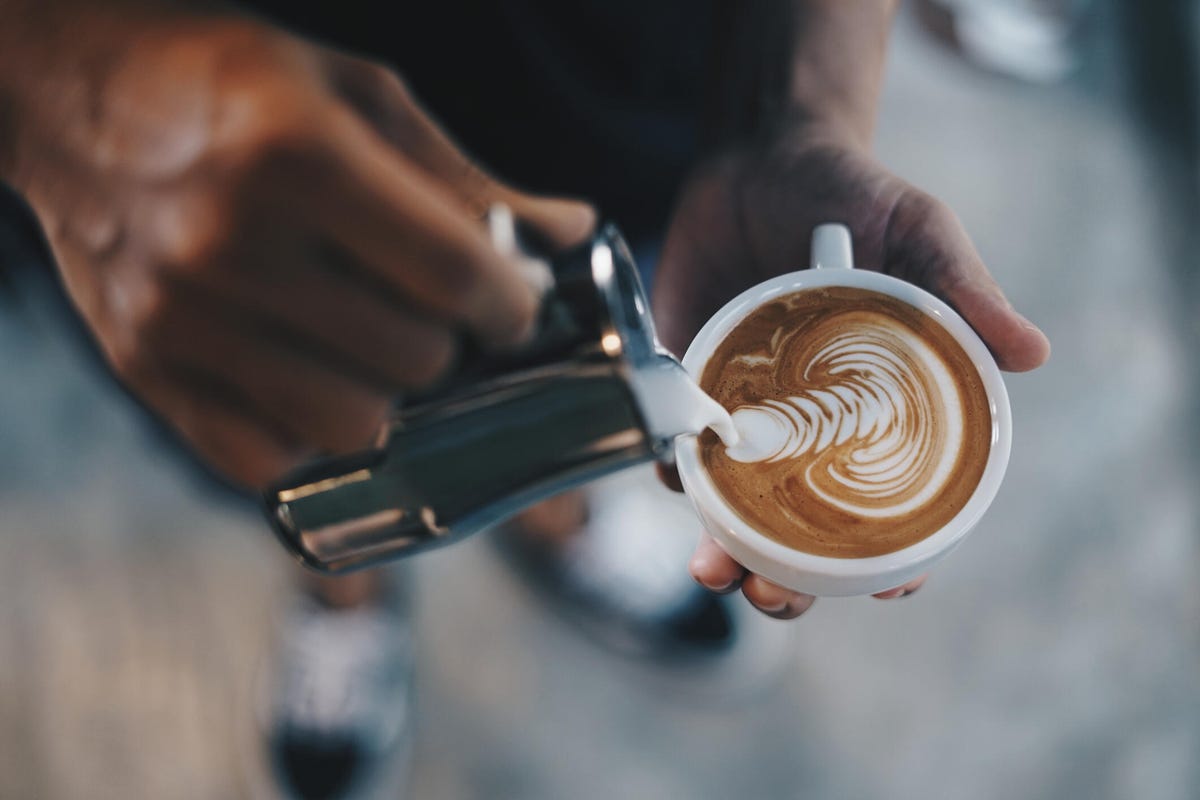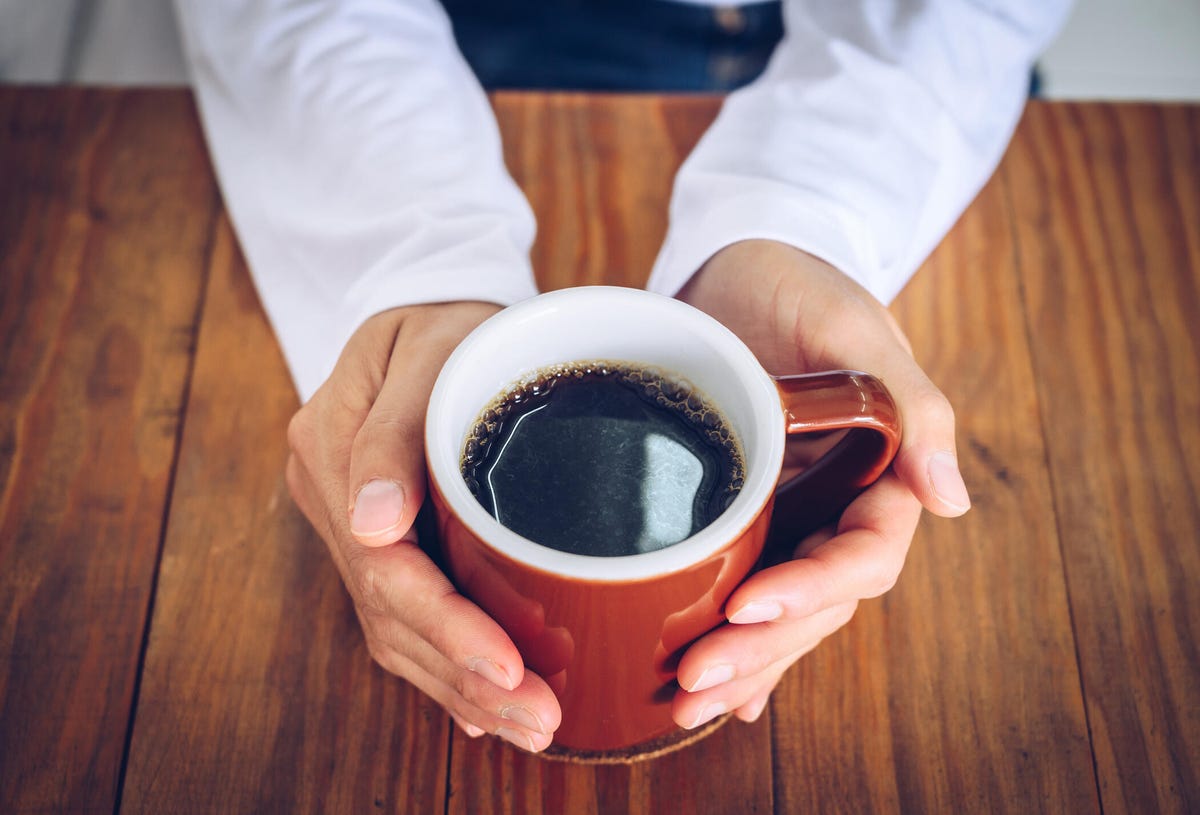 Why You Can Trust CNET
Why You Can Trust CNET
Our expert, award-winning staff selects the products we cover and rigorously researches and tests our top picks. If you buy through our links, we may get a commission. Reviews ethics statement
People drink coffee for different reasons, but most of us are interested in a quick energy boost provided by caffeine. Finding the right balance is the key to successful caffeine intake. If you've ever felt your heart race or hands jitter after drinking your third latte or refill of a house blend, then you understand the negative effects of overindulgence.
Does an espresso shot or a simple brewed cup of joe contain more of a caffeine wallop? Here are a few tips for decoding caffeine content, which can mean the difference between increased concentration at the end of your workday or tossing in bed until the wee hours of the night.
Espresso packs more caffeine despite its small size

Espresso shots may be small but ounce-for-ounce they pack a bigger punch of caffeine than drip coffee.
Getty ImagesThe simple answer is that espresso contains more caffeine per ounce than a standard drip coffee. The difference between drip coffee and espresso beans comes down to how each is brewed. Espresso beans are brewed using intense pressure to force out a couple of ounces of concentrated coffee. Drip coffee results from hot water moving through ground beans at the speed of gravity. The slower brewing process creates a more diluted drink, but one that is often consumed in higher volumes.
On average, an espresso contains around 63 milligrams of caffeine per ounce. Starbucks serves 75 milligrams of caffeine in each of its .75-ounce espresso shots. Dunkin Donuts claims a hefty 118 milligrams per shot. In comparison, drip coffee ranges from around 12 to 16 milligrams of caffeine per ounce.
How much caffeine is in your morning cup is more complex. After all, when was the last time you sipped a thimble-sized cup of java?
Caffeine content depends on the volume and style of bean

Arabica coffee has roughly half the amount of caffeine as robusta.
Tyler Lizenby/CNETThe actual amount of caffeine in an espresso or drip coffee varies depending on the type of bean used. The majority of the coffee sold and consumed around the world is arabica coffee -- regardless of the roast or style -- and is said to contain half the amount of caffeine as the heartier robusta coffee bean. Most brands will use arabica or a blend of the two to gain that extra kick of energy.
It's also common for lattes and cappuccinos to include two shots of espresso in a 12-ounce drink. You can count on about 126 to 150 milligrams of caffeine if sipping a double shot. Starbucks is an exception since two espresso shots are reserved for 16-ounce Grande and 20-ounce Venti-sized drinks unless you specify otherwise.

A 10-ounce drip coffee at most retailers will pack between 180 and 240 milligrams of caffeine.
Boy_Anupong/Getty ImagesEspresso is notorious for offering an almost instant jolt, but the amount of caffeine in drip coffee easily overpowers espresso in a single serving. A 10-ounce small coffee at Dunkin Donuts jumps to 180 milligrams of caffeine. A robust 12-ounce cup of Starbucks Pike Place roast offers 235 milligrams. Based on how much coffee is served by volume, a cup of coffee has much more caffeine than a couple of shots of espresso in a latte or cappuccino.
Comparing caffeine in drip coffee or espresso isn't an exact science, but you should always consider volume to limit or maximize your caffeine allotment.